Periods of extreme heat known as "heat waves" can cause various negative effects on crops and, if proper precautions are not taken, even damage the plant and fruit, or reduce their quality. In addition to the possible physiopathies of the plant, high temperatures produce an increase in parasites in some crops. How to successfully deal with all these complications?
Effects of high temperatures on plants and determinants to prevent and overcome thermal stress
Plants have a great ability to adapt to external changes, but there are always limits that they may not be able to bear or that could reduce their production capacity and the quality of the crop. Above 40-50 degrees, the activity of the plant decreases, and the enzymatic tissues also begin to be destroyed. And it is that drastic changes in temperature can affect the morphology, anatomy, biochemistry and phenology of the plant.
Possible consequences
Water stress
Damage caused by high temperatures is commonly associated with water stress. The root system is unable to supply the leaves with the water necessary for transpiration, the leaves close the stomata trying to conserve water, stopping its evaporation and reducing the beneficial cooling effect, as well as the growth of the plant. That is why, to the extent that plants can transpire freely, they will also be able to cope with high temperatures.
Problems of photosynthesis
As the temperature increases, the photosynthetic activity of the plant increases until it reaches a maximum (around 30 degrees, depending on the crop), after which it also decreases due to the destruction of the plant's enzymatic systems. After exceeding that temperature, the plant spends more energy than it puts in to carry out its physiological functions.
Withering
Transpiration accentuated by high temperatures can cause temporary wilting which can lead to the death of the plant. Having to consume your reserve substances can lead to hunger. The high temperatures produce, in this line, alterations of the physiological functions. For example, metabolic end products are more difficult to eliminate, which can lead to cellular self-aging. Therefore, tobacco and necrosis of leaves and shoots can occur, and as a result, the tree defoliates.
Fruit color and quality
The fruits of the trees, especially after they have assumed their characteristic color, are very sensitive to high temperatures. Above 35-40 degrees, softening and darkening of the interior is frequent. In other cases it causes lesions in the epidermis in the form of spots or sores, which suberify, defacing and depreciating the fruit. When the heat stroke coincides with ripening, a massive drop in fruit can occur due to the early formation of the abscission layer on the peduncles. In tomatoes, for example, heat affects both the duration and the color of the fruit, as the temperature greatly influences the formation of pigments. It is recommended that it be below 28 degrees so that no discoloration occurs. In the case of the vine, a sudden rise in temperature manifests itself in the form of burns on the leaves and on the tender parts of the shoots, and in the reddening of the fruit.
Burns
The high intensity of light and heat can affect the destruction of chlorophyll in the leaves. Leaves on the sunny side of the plant or those receiving high temperatures can show tissue death at their edges or in large areas between the veins. They can also burn and kill the cambium (layer of cells that grows just below the bark) of recently transplanted or pruned thin-barked trees. These conditions predispose the damaged area to attack by fungi.
More vulnerability to apical necrosis
Apical necrosis is associated with calcium deficiency. In a situation of high temperatures and high transpiration, calcium, which moves in the plant with the flow of water, moves towards the areas of greatest transpiration, the leaves, and not towards the fruits, so a lack of this element in the latter.
Parasites
Another aspect to take into consideration is that in the presence of unfavorable stress conditions, the response capacity of the plant in the event of the appearance of a parasite is always lower. There are some pests that appear in drought and heat conditions. Therefore, high temperatures can cause an increase in parasites such as the red spider, as well as a drastic decrease in the population of auxiliary agents that mainly control mites.
Correct actions to take
Prevention
The most basic prevention is to increase the frequency of irrigation or to resort to techniques such as misting or shading.
a in greenhouses or ventilation in the Grow Box. It is recommended to increase the frequency of irrigation with small quantities of water in the hours of maximum heat, or a more abundant irrigation in the hours of darkness to cushion the thermal effect.
Nutriments
Nutrition and biostimulation are also essential to successfully overcome extreme heat situations. Products that act as an osmotic agent of the plant cell cytoplasm are of great help in opening the stomata and regulating the water balance of the plant. The
Silicon Max by Vitalink
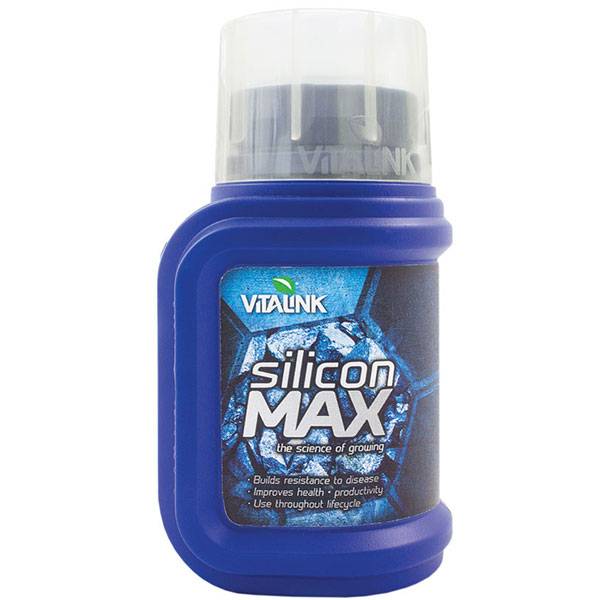
which also intervenes in the formation of chlorophyll and causes a further increase in photosynthesis. This also affects the strengthening mechanisms of the plant's cell walls, helping to rebuild tissues. Another great product suitable for the purpose is the
Liquid Silicon from Grow Technology

which, in addition to strengthening the plant to reduce stress, promotes the development of roots and the absorption of co2 in the grow room.
To tackle the problem of apical necrosis, which can be accentuated by high temperatures and which occurs mainly in tomatoes and peppers, it is possible to use calcium through fertilizers and agricultural amendments that fortify the plants and reduce their nutritional deficiencies. to malabsorption of nutrients such as
CalMag by BioBizz

which responds to the need to provide an extra supply of calcium and magnesium to fortify their plants.
Also
Cellmax CalSiMag Spray
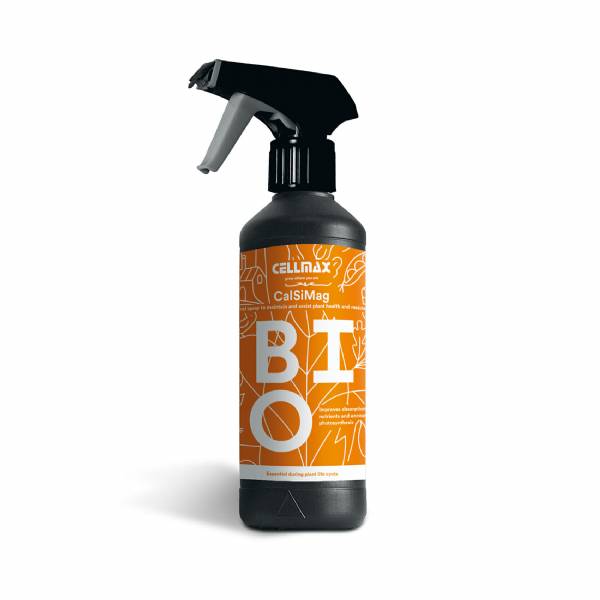
which with its rapid absorption of calcium and magnesium of biological origin, offers an excellent product to be used as a foliar spray, composed of the purest sources of calcium, magnesium and silicon, coming from micronized algae rock. This foliar spray is ready to use and naturally increases the calcium and magnesium values ??in the plant without the risk of overuse.
We also report the
Metrop CalGreen
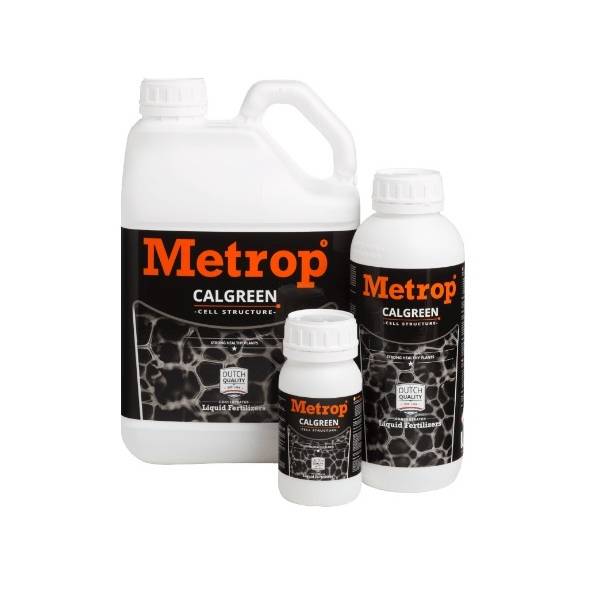
a really useful product for strengthening plants against the rooting of molds and fungi.
Against any parasites, in addition to irrigation, which obtains an increase in environmental humidity by lowering the temperature and favoring the activity of auxiliary insects, it is possible to resort to references such as Neem Oil, used in agriculture as an insecticide, acaricide and nematicide. highly effective organic.
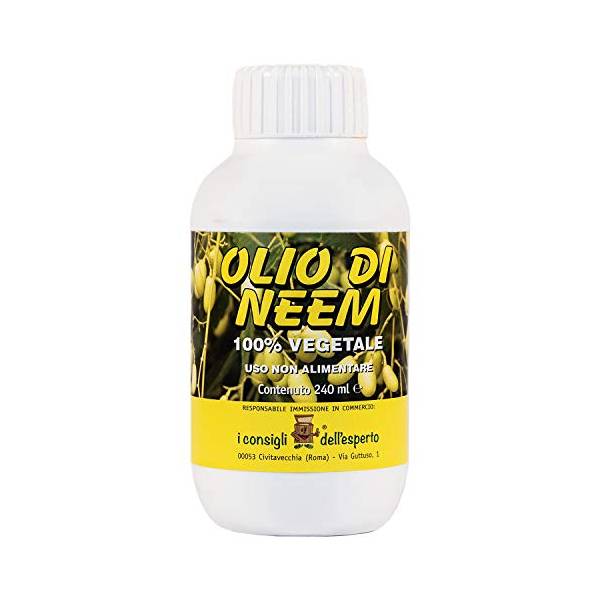
Another natural insecticide that provides excellent contact control of soft-shelled insects at all stages of development (aphids, scale insects, whiteflies or mites) is Agrobacterias Spider Killer, a 100% organic acaricide made from pure extract of cinnamon (Cinnamomumzeylanicum), natural effective against red spiders, mites, aphids, cochineal, and nematodes.
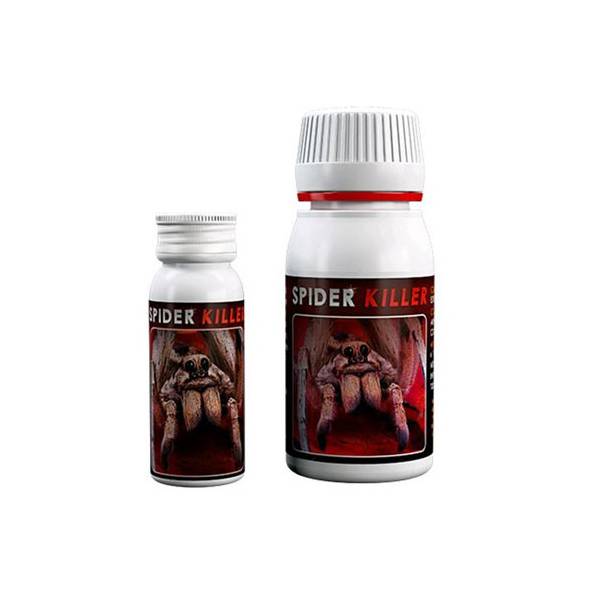
Preventive fertilization
Using a quality fertilizer early enough and using biostimulants that strengthen the crop will promote the natural resistance of plants to pests and diseases. Some ideal solutions for crop nutrition are those contained in the lines:
Advanced Nutrients (liquid organo-mineral fertilizers)

BioBizz (liquid organic fertilizers)
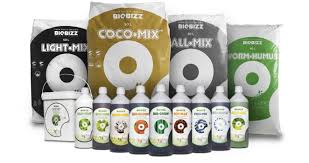
Guanokalong (solid organic fertilizers)
